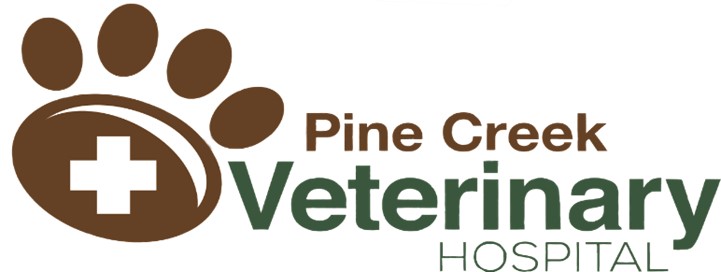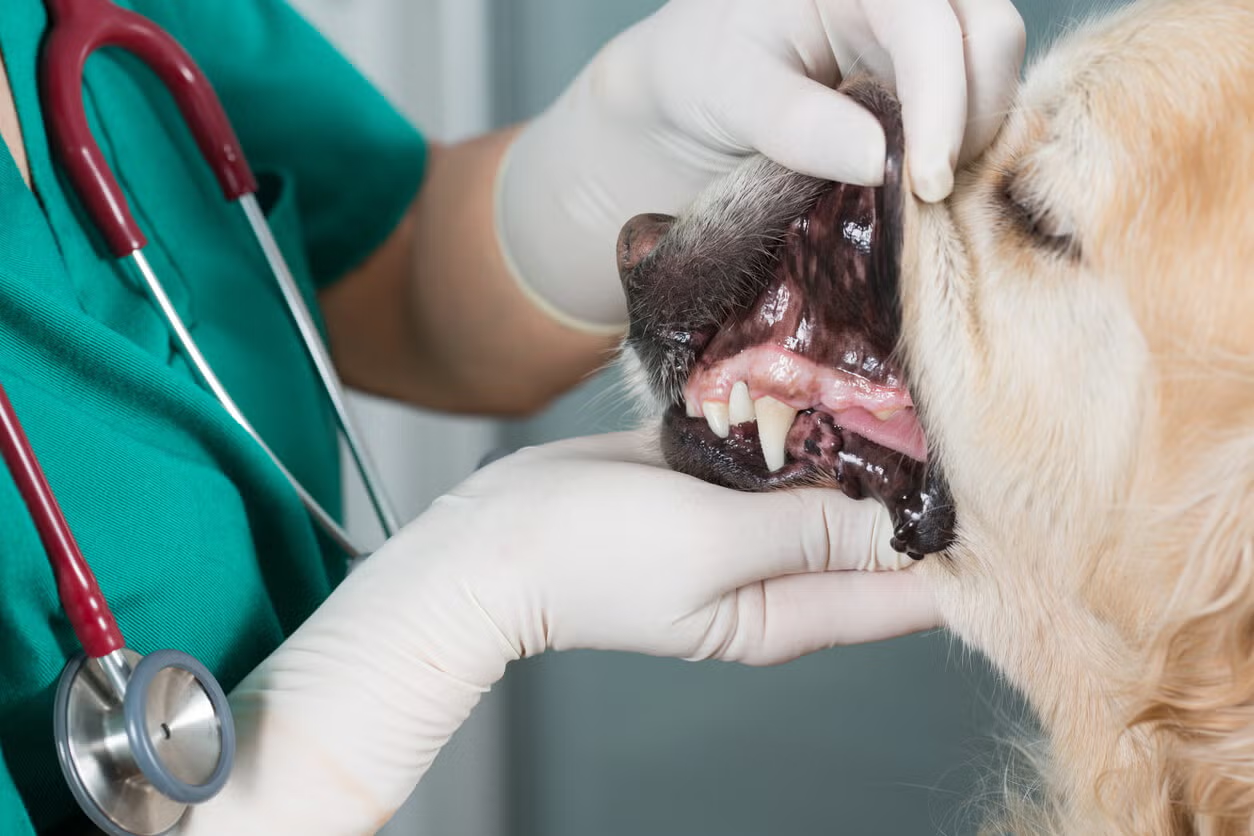 Our 11 Step Dental Process
Our 11 Step Dental Process
Most of our pet owners are not accustomed to the high level of oral and dental care they experience at Pine Creek Vet. Because we consider pets to be an integral part of your family, we strive to treat them as you would expect yourself to be treated. When performed annually, our 11 step dental process can help keep your pet’s mouth fresh, clean, and healthy.
1. Exam and Lab Screening
We don’t believe in one-size-fits-all treatments at Pine Creek Vet. Before starting work, our doctors create a personalized anesthetic and treatment plan based off your pet’s complete physical examination, blood work, lab screening, age, and electrocardiogram.
2. Anesthetized Oral Cavity Exam
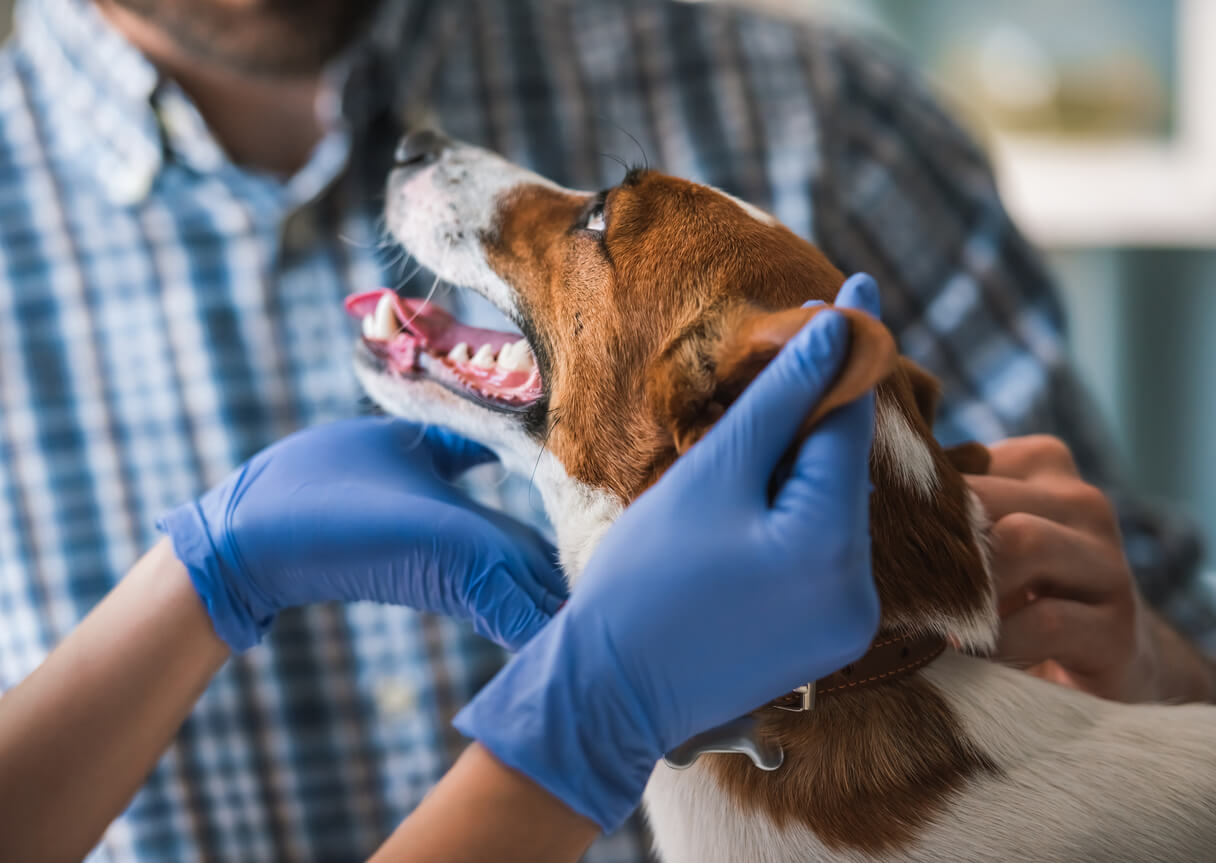
We can’t exactly ask your dog or cat to open up and say “ahh” while we poke around. Anesthetizing your pet ensures the procedure can be done thoroughly, properly, without pain for your pet, AND no one gets bit!
While under anesthesia, your pet is under constant supervision by our Certified Veterinary Technicians, trained dental hygienists, and their veterinarian. To keep them comfortable, we also wrap your pet in blankets and warming pads for the entire procedure.
3. Chlorhexidine Rinse
Chlorhexidine is a very effective anti-plaque antiseptic that we apply directly to your pet’s teeth and work into their gums and oral cavity. Starting with the rinse helps loosen the built-up plaque and bacteria on your pet’s teeth so we can more effectively clean them.
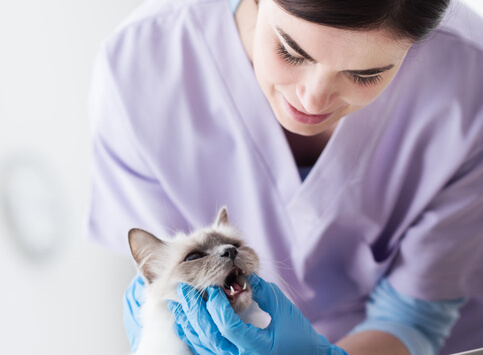
4. SUPRA-gingival Scaling (Above the gumline)
Like how your dentist cleans your teeth, we use an ultrasonic scaler to gently remove the built up plaque, from tooth surfaces. While kibbles, rinses, and some pet treats are advertised as being able to help keep teeth clean, they’re not a replacement for a complete cleaning, and a thorough scaling is needed to completely remove deposits that build up over the years.
5. SUB-gingival Scaling (Under the gumline)
After we’ve cleaned the top portion of the teeth, we dig in below the gum line to clean out the space between your pet’s teeth and gums. This is one of the most important aspects of your pet’s dental cleaning. If left unchecked, large colonies of bacteria can grow undisturbed here and damage your pet’s roots, gums, and jawbone and enter the bloodstream, leading to an extensive number of potential health issues later in life.
6. Polishing
To finish off the first phase of your pet’s cleaning, we polish their teeth with a rotating brush and paste. Polishing helps remove small defects and irregularities on the surface of the teeth that can serve as a breeding ground for bacteria.
7. Rinse and Irrigation
With your pet’s teeth and gums shiny and clean again, we rinse them with air and water to clear out all the debris we just scraped off. In the end, you pet is left with some gleaming pearly whites.
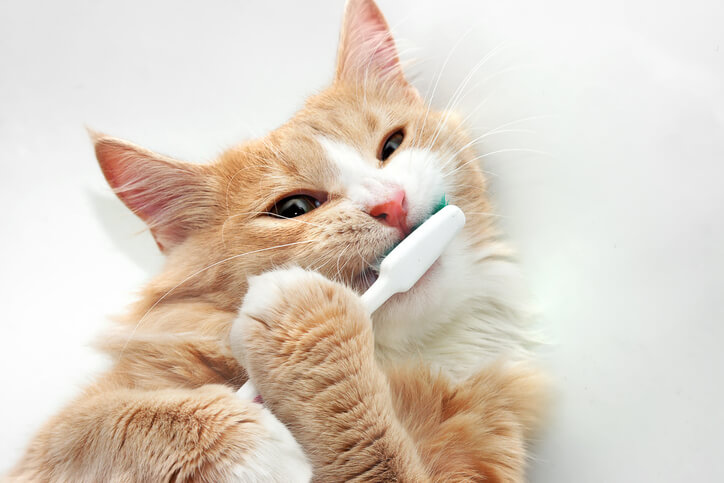
8. Fluoride Treatment
The enamel on your pet’s teeth wears down over time and with use. Fluoride treatment won’t repair missing or damaged enamel, but it will fill in the gaps and create a strong, solid coating over the tooth surface to keep it safe from bacteria and mechanical wear.
9. Individual Tooth Examination and Charting
This is another crucial step that can never occur unless your pet is anesthetized. The doctor probes each tooth individually to detect any diseases hiding beneath the gum line and make a detailed record of our findings. Normal probe depths are 0-.5 mm in cats and 0-3 mm in dogs. A probe depth beyond these points indicates the presence of periodontal disease and should be treated aggressively to avoid further bone loss around the tooth.
10. Dental Diagnostics Including Full Mouth X-Rays
Roughly 80% of dental pathology (disease) lies below the gumline and therefore is not visible. This means that life threatening periodontal disease can go completely unnoticed. We X-ray your pet’s mouth during every dental exam to give us a complete picture of your pet’s oral health, identify potential problems, and track developing issues.
11. Dental Therapy Such as Extraction or Root Planing (If Indicated)
While we hope to avoid it whenever possible, we may have to recommend treatment such as tooth extraction or root planing depending on the progression of periodontal disease or other major issues we discover on your pet’s X-rays. We will always discuss all your options with you to help you make the best decision for your pet.
Schedule Your Dental Appointment
At Pine Creek Vet, our role is to guide you in making the best possible treatment option for your pet. We therefore take the time required to explain various treatment options, taking particular care to cover all the pros and cons of each option and ensuring your questions are answered to your satisfaction.
